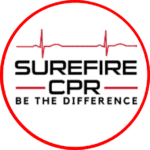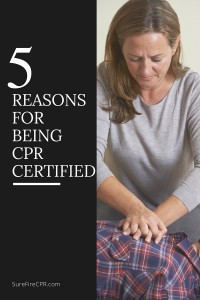While CPR came into being in the 1800s, it did not become a recognized and established component of medical practice until the early 1960s. In the early 70s, CPR was furthered codified into a technique that could be learned by the public in general. This shift in thinking in regards to providing timely medical care also extended to the establishment of the first emergency medical team in Alexandria, Virginia. Spearheaded by Dr. James Dewitt Mills and a small team of colleagues, physicians worked together to provide 24/7 emergency medical care to the Alexandria area. This was a departure from the practice of other hospitals around the US, which rotated their regular staff through various emergency care shifts, in amongst their other duties.
Their program of dedicated emergency staff became known as the “Alexandria Plan,” and is the foundation upon which all emergency medical programs have been built ever since. Depending on the state and the needs of the area, basic emergency medical training has expanded to include specialties such as pediatric emergency, assessment, recognition and stabilization, and advanced cardiac life support training. The end result is that the quality of emergency medical care available has vastly improved, and that makes it possible for everyone to breathe a little easier.










